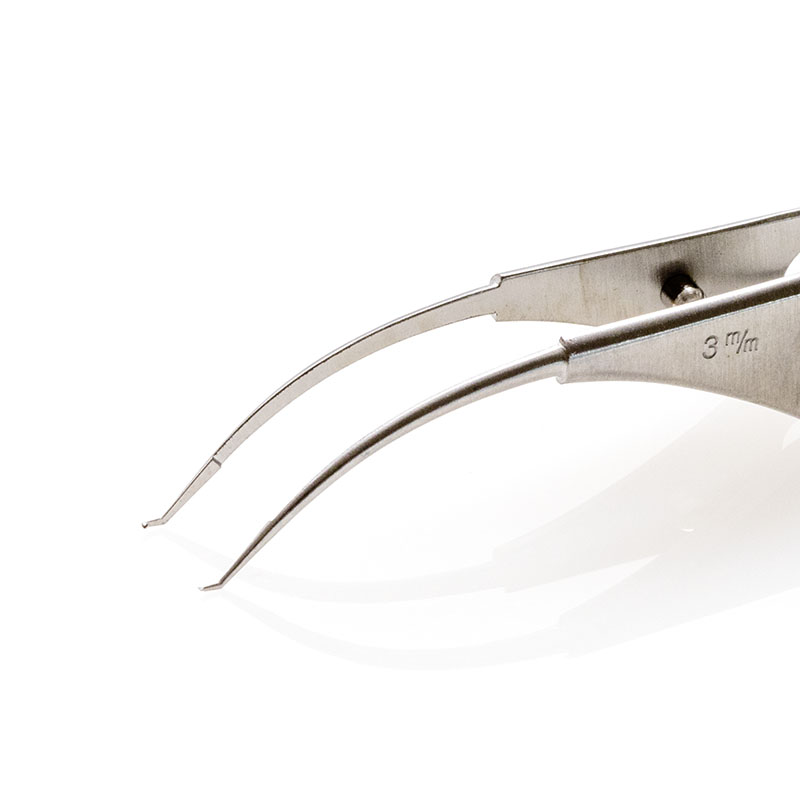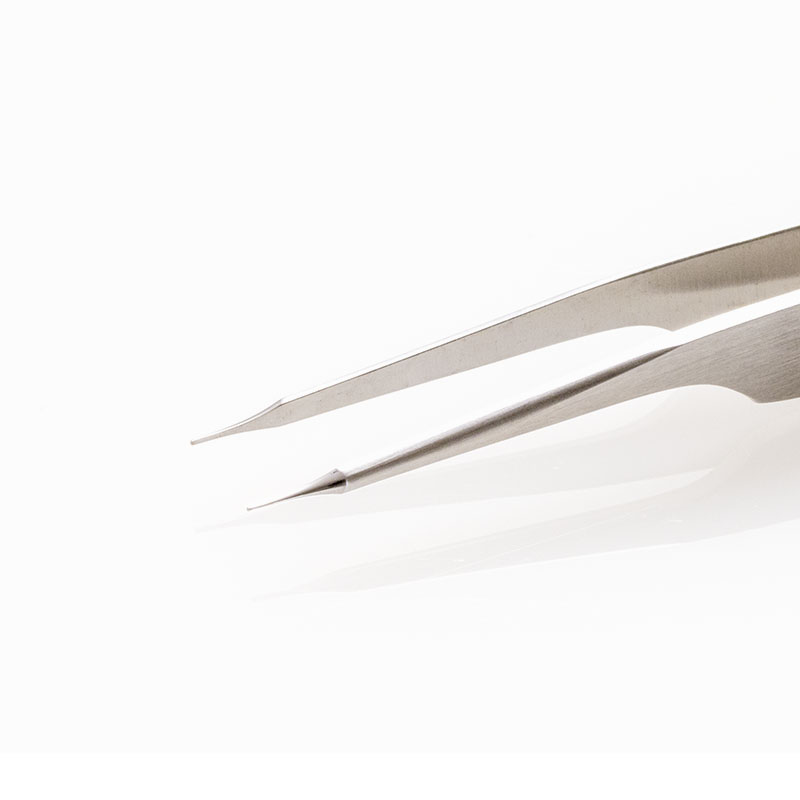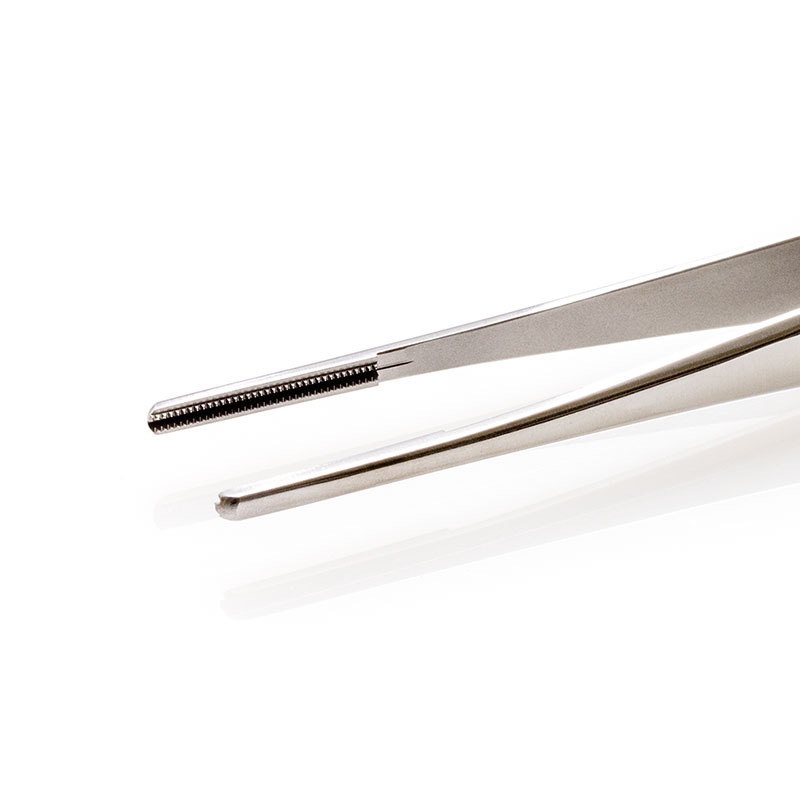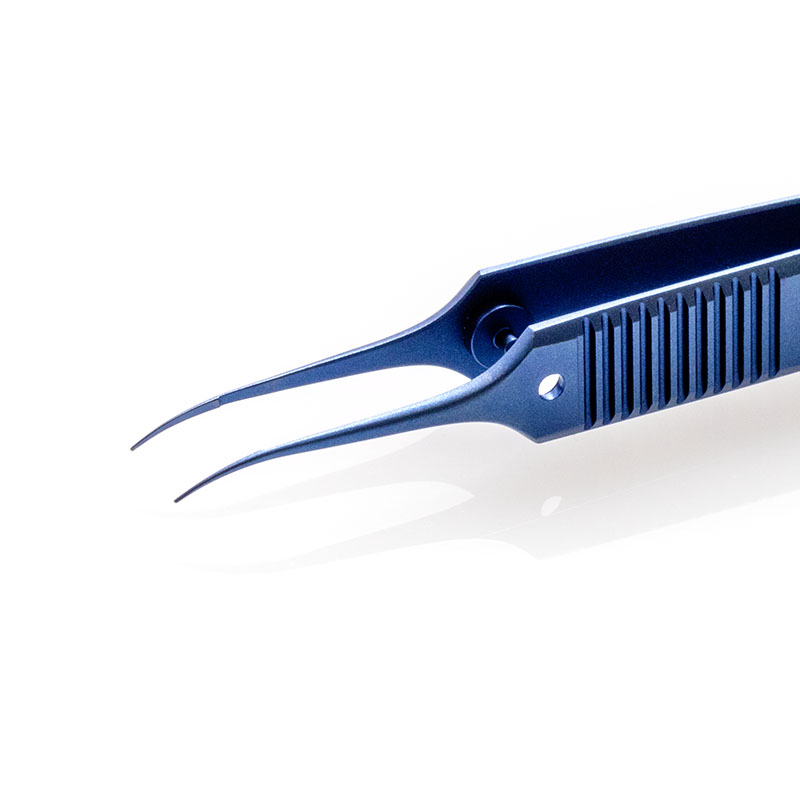The great wealth of knowledge
The tip is the critical bit
A surgical pincette has meshing teeth and must be finished to perfection. It is only when these teeth mesh with absolute precision that surgeons can secure human tissue or exert strong traction without having to exert great pressure. The anatomical pincette is there for vulnerable structures like blood vessels and nerves. Instead of teeth for gripping firmly, these instruments have lateral grooves in their gripper chucks.
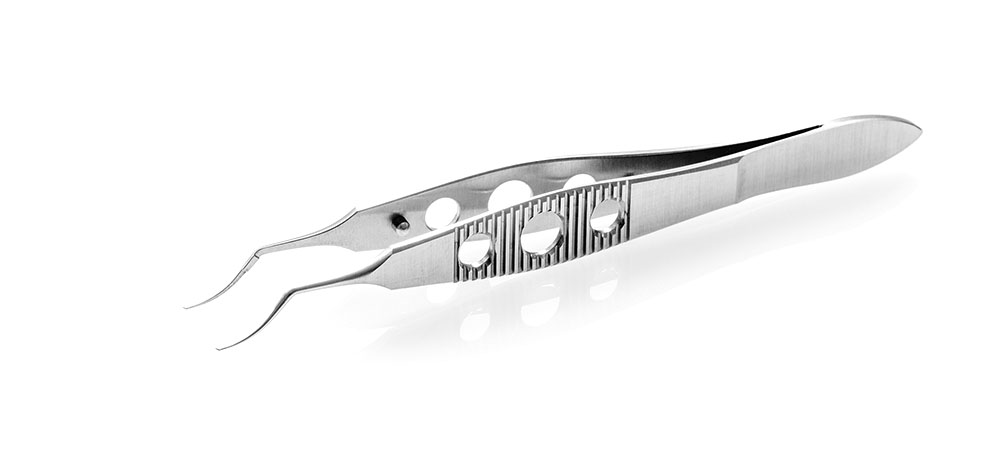
Eye surgery
Modern eye treatment abounds with innovations in diagnostics and therapy. Right from very early stages, eye doctors can distinguish between detrimental changes in the eye and healthy processes. They are also able to intervene increasingly effectively, maintaining good vision in their patients up to an advanced age. These interventions require high-precision instruments and pincettes.
Microsurgery
We feel at home in areas where the naked eye is no longer sufficient, i.e. in microsurgery. Surgeons who operate with the help of microscopes love our high-precision instruments. The importance of attention to detail is showcased wherever the human eye can no longer cope, where it is all about identifying and treating the finest of structures such as blood vessels or nerves, where the best in the business can separate the wheat from the chaff at 25-fold magnification. These instruments need to be so filigree that they can work precisely even under conditions such as this.
Heart surgery
Heart surgeons are becoming ever more important as demographics change. In contrast to the picture that the general public may have of heart surgeons, their everyday working life is not defined by heart transplants. Instead, it involves coronary artery bypass grafting (CABG) and interventions on heart valves. Not surprising with an ageing population.
Plastic surgery
In plastic surgery, interventions are performed for cosmetic as well as for functional reasons. Our instruments are used in all disciplines of plastic surgery. In reconstructive surgery, surgery for burn injuries, hand surgery and, of course, in cosmetic surgery. Not many people know this: Cosmetic surgery is by no means an invention of the 20th century. In point of fact, it has a history that extends back at least 1400 years. However, the success story of the use of TC instruments in plastic surgery is a very recent one indeed.
Titanium instruments
High-quality instruments should last a long time. That is sustainable and, over the long-term, cost-effective. Since powerful acids are used in clinics, especially for pre-cleaning, and since these are very aggressive to the surface patina of normal stainless steel instruments, there is a growing trend towards titanium instruments.
Compared to steel, a titanium instrument is first and foremost much lighter. A titanium instrument only weighs 20% of its stainless steel counterpart.
Customized
Most instruments in surgery technology have a very long life cycle. However, while this may delight clinics and surgeons, it can become a bottleneck situation for dealers and retailers. After all, it is not going to prove easy to sell other products to anyone who keeps instruments for many years. This is why a growing number of retailers are looking for what are known as ‘customized products’, i.e. products that are specifically developed and produced to the specific needs of individual customers. At Sprenger, we are on the same hymn sheet.

